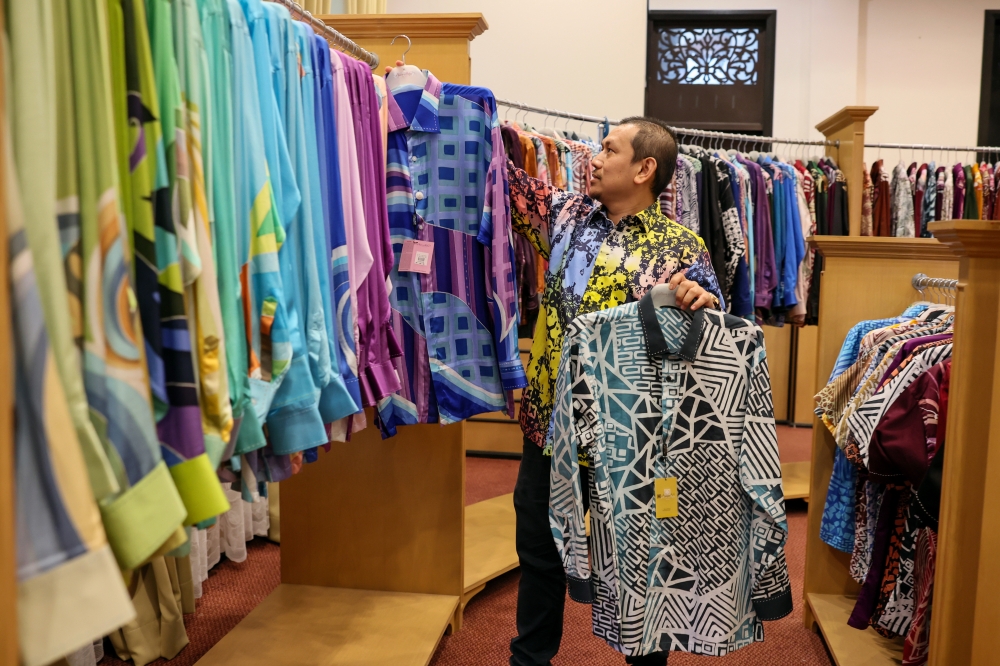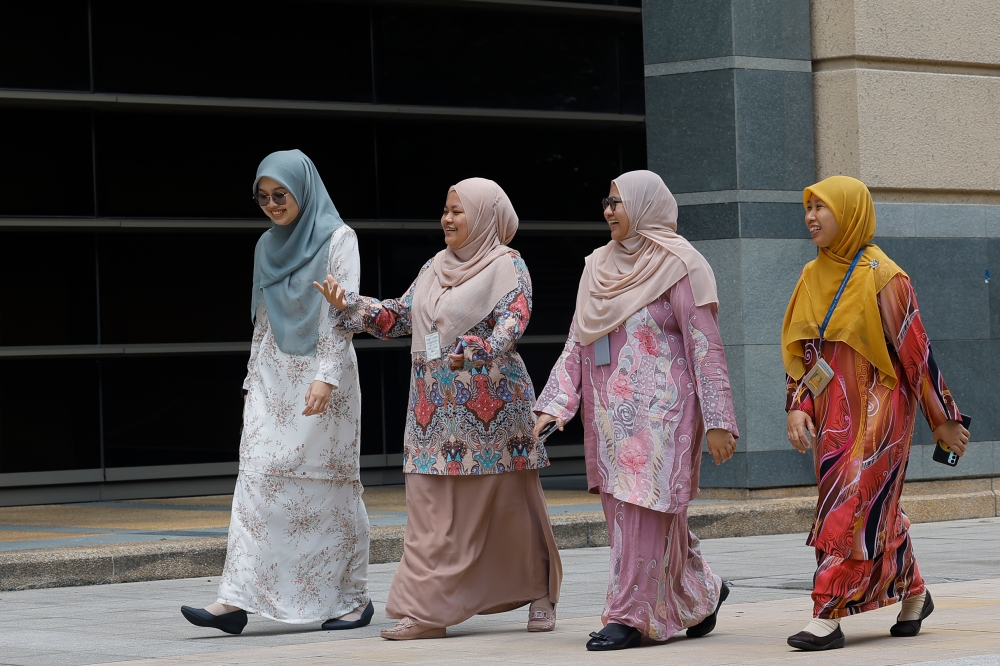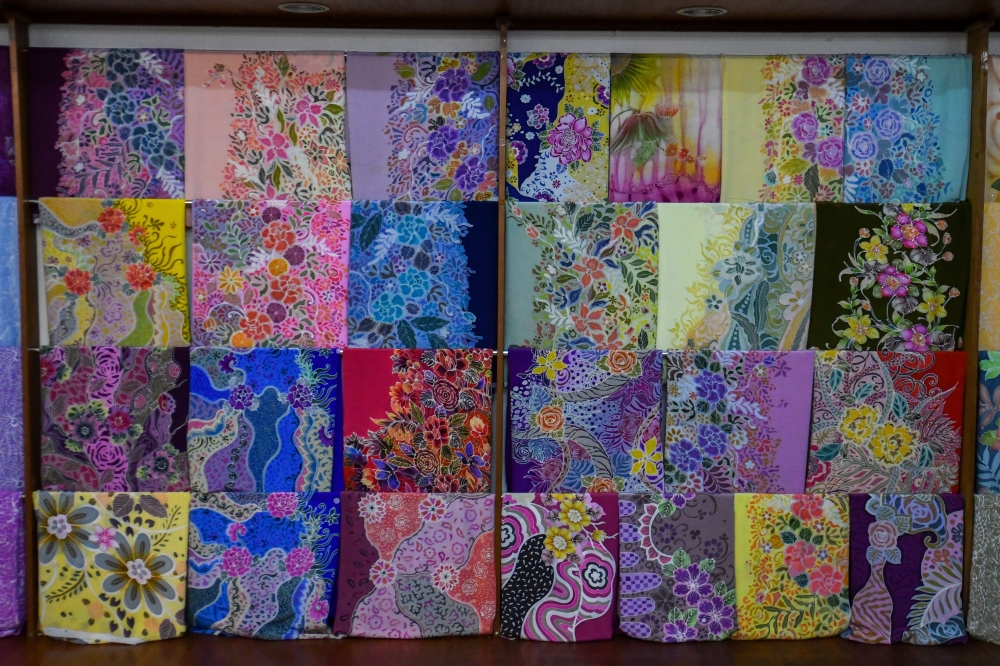KUALA LUMPUR, Aug 26 — Malaysia’s batik industry requires further support for promotion from the government, experts said in response to the federal administration requiring civil servants to start wearing the material every Thursday.
They said Malaysia was unlike Indonesia where batik was more woven into its culture and is used in rituals, festivals, and celebrations, with certain batik styles having been designated as an intangible cultural heritage by the United Nations Educational, Scientific and Cultural Organisation (Unesco).
“Regardless of how advanced the technology is, batik in Malaysia still requires government assistance to promote the batik industry,” Harozila Ramli, a professor from Universiti Pendidikan Sultan Idris who specialises in batik, told Malay Mail.
“In the textile sector, there is competition in terms of design, technique, and fabric type.”
Whereas in Indonesia, batik has a significant economic impact as it is a key export that provides employment, she said.
Harozila said that the government’s move to also encourage civil servants daily would ensure the continuation of traditional techniques, provide platforms for local artisans to showcase their skills, and create economic opportunities within the industry.
Zubaidah Sual, a former Muzium Negara curator and textile expert, was less positive about the effects of the government’s move on the local batik industry, saying that while the civil service would now wear batik more, this would be out of obligation rather than appreciation for the art.

“Unlike the Indonesian people. When they wear their batik, it's like they’re fulfilling their responsibility to their homeland,” she said, adding that Indonesians donned their batik so frequently that it was not unusual to see its designs outside of the country.
While saying she was unsure which direction the local batik industry would head going forward, Zubaidah said she was certain it would not be able to compete with its Indonesian counterpart.
Few Malaysian batik products are sold below RM100 per item, so those who cannot afford local offerings will turn to Indonesian alternatives which can be easily found at prices below RM50, she added.
However, this might not be a bad thing, according to Keith Tan Kay Hin, associate professor at Taylor University’s school of architecture, building and design.
He said that the production of batik has existed as a cottage industry in Java for over five centuries due to serving the Javanese court in the 16th century.
In comparison, mass production of batik began in Malaysia only over a century ago, he explained.
“Malaysia’s middle-income trap means that much of our mass-market affordable clothing comes from lower-cost developing countries, with local manufacturers often fighting it out with higher end western brands which may or may not have factories in South-east Asia,” he said.

Hand-painted batik can be costly, but its machine-made alternatives can still be quite beautiful, he added.
Although batik industries try to cater to both ends of the market, Malaysia’s market size and cost structure ensures it will struggle against Indonesia’s dominant position, he said.
“Batik is, however, like durians — many people worldwide like the relatively rare Malaysian type versus the relatively more common Thai variety.
“Maybe we can hope for the same to occur with batik — the ‘Sang Kancil’ effect, where relative rarity leads to greater popularity,” he said.
On Tuesday, the Public Service Department issued a circular requiring all non-uniformed civil servants to wear batik every Thursday and encouraging them to also do so on other work days.
The PSD said the move was to continue supporting the Malaysian batik industry, and to ensure that it remains a heritage and a symbol of Malaysian identity.
Last year, Selangor Menteri Besar Datuk Seri Amirudin Shari was reported by national news agency Bernama as saying that the Selangor state assembly had plans to allow batik attire at its meetings after the initiative’s implementation at the Parliament level.
Before that in 2021, then Dewan Negara president Tan Sri Rais Yatim allowed Senate members to wear batik clothing in the Upper House.






















